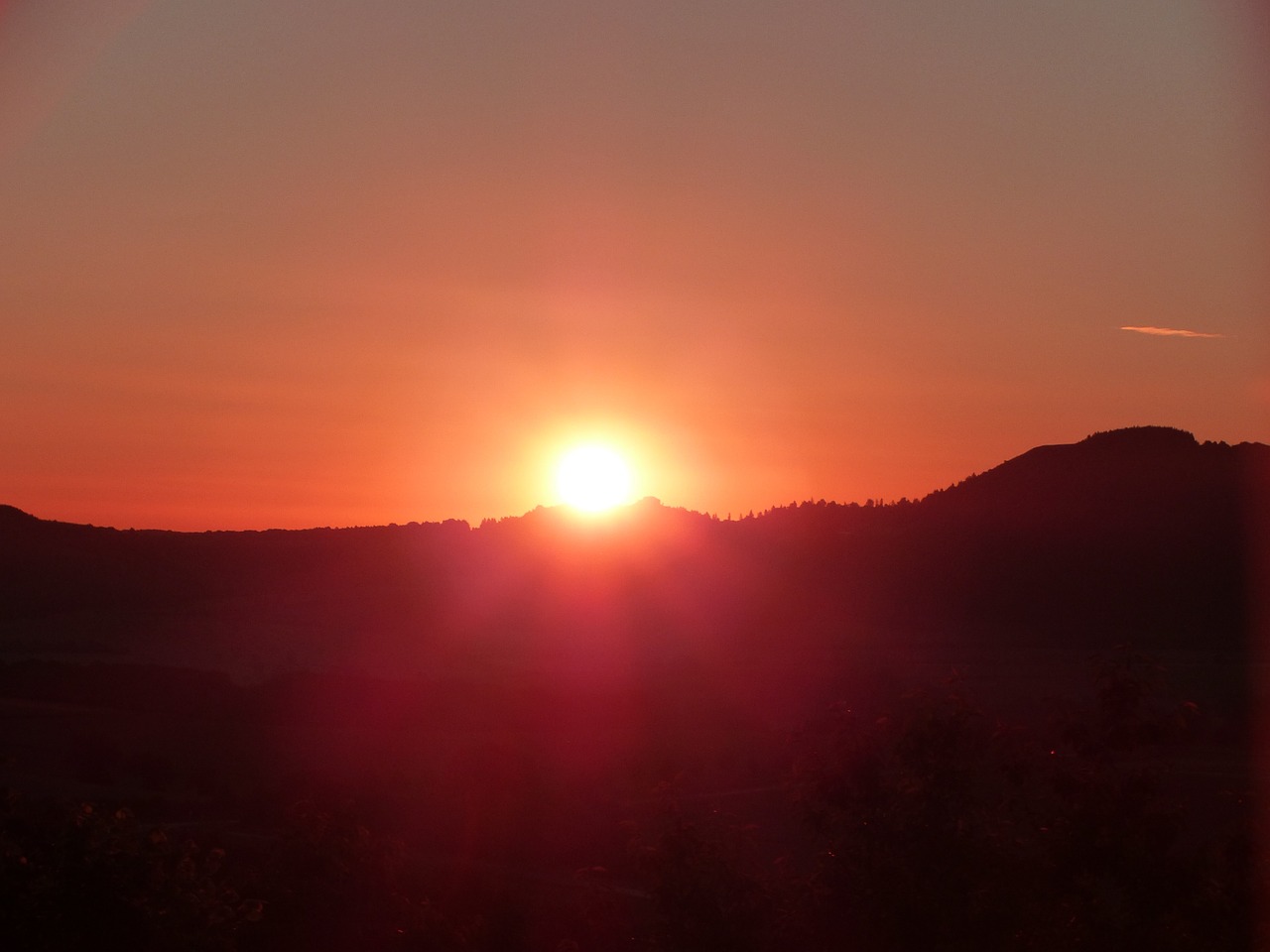
With the days getting progressively longer and warmer in the Northern Hemisphere, summer may appear to be well under way. However, though the meteorological season began on June 1, 2019, the astronomical season will not start until June 21, 2019. Also known as the June solstice, it is the day when the North Pole is most inclined toward the sun, which means that everyone living north of the equator will experience the year's longest day and shortest night. For Southern Hemisphere residents, the date heralds the official start of winter, resulting in the shortest day and longest night of the year.
Though all North Americans will enjoy at least 12 hours of daylight, residents of Fairbanks, Alaska, which lies just 140 miles south of the Arctic Circle, will be able to bask in the sunshine for the entire 24 hours! Across the pond, in the United Kingdom, the sun will last for over 18 hours, while those living in Stockholm, Sweden, will experience a 21-hour day. Those wishing for additional lengthy days will be thrilled to know that while the June solstice is the longest day of the year, the days before and after the event are only a few seconds shorter.

Interestingly, the year's longest day does not coincide with the earliest sunrises or latest sunsets. Those occur a week before and a week after the solstice, respectively. The mismatch is due to our planet's elliptical orbit, which causes it to revolve around the Sun at different speeds. As a result, solar days are sometimes shorter or longer than our 24-hour days, which are based on the Earth's rotation around its own axis. The equation of time — the discrepancy between solar time and clock time — is the reason that the earliest and latest sunrises and sunsets do not fall on the same days as the solstices. The precise dates on which they occur depend on the country's latitude.

Though the June solstice technically occurs at a single point in time — when the sun is directly over the Tropic of Cancer, or 23.5° north latitude — the celebrations often last for days. One of the oldest and most revered parties takes place at Stonehenge, a prehistoric monument in Wiltshire, England. Constructed by our Neolithic ancestors in three phases between 3000BC and 1600BC, the ancient stone structure draws thousands of visitors each year. Though the main attraction is observing the rising sun on the summer solstice, the event lasts for four days and includes live music performances, bonfire activities, and yoga.
Since 2014, Reykjavik, Iceland, has been celebrating the June solstice with the Secret Solstice Festival. The 96-hour-long event, which this year takes place from June 21 to June 24, features music and dance performances by emerging and famous artists from across the world.

The Swedes will celebrate the day by giving their loved ones flower wreaths and crowns, which are believed to bring good health. Many will also mark the occasion with traditional dances around a maypole, or midsummer pole, decorated with greenery and flowers.
In Poznan, Poland, residents will release colorful candle-lit paper lanterns inscribed with messages from their creators. New Yorkers, meanwhile, will commemorate 2019's longest day by performing their best “Downward-Facing Dog” pose at the free “Mind Over Madness Yoga” celebration held in the city’s bustling Times Square.
For the 114th consecutive year, Fairbanks, Alaska, will host the Midnight Sun Game, an amateur baseball match that will start at 10:30 pm, two hours before sundown, and end at 1:30 pm the following day. Does your town or city have a fun activity to celebrate the year's longest (or shortest) day? Be sure to share the details with us in your comments below.
Resources: earthsky.org,weather.org, the summer solstice.blog, wikipedia.org
